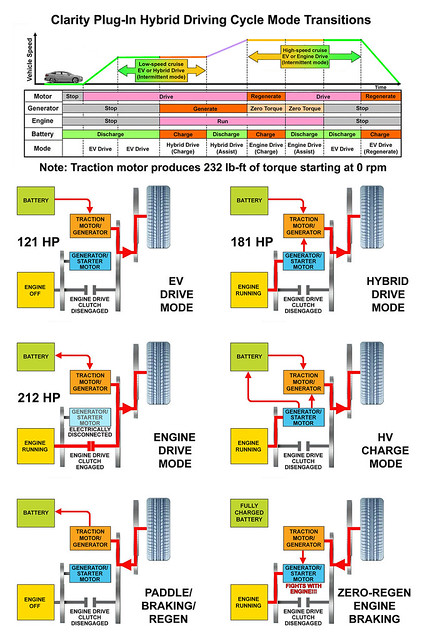The Chevy Volt G1, is the only mas produced range extender car I am aware of. As in, no mechanical connection between the ICE and the wheels.
Most other hybrids have the ICE transmission mechanically linked to the wheels, with a second electric motor also connected to the transmission.
There is a clutch between each engine and the transmission which allows the engine to disengage or lock. This is done for efficiency. Converting mechanical energy to electric and back again has a significant penalty compared to the weight of the complex transmission.
(Note: when charging some companies have the electric motor act as a generator, others use a dedicated generator. Size of the motors involved, total power demands and many other considerations play into how this is designed).
Tim


